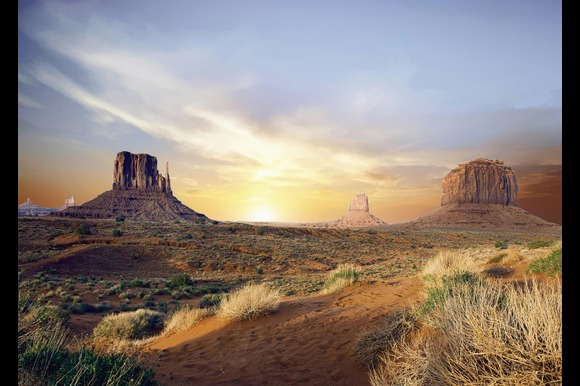
Photo by Pixabay
A fast-moving wildfire burning northwest of Arizona’s Grand Canyon National Park has forced the closure of the park’s North Rim and prompted evacuation orders for nearby communities, as extreme weather fuels dangerous fire conditions across the U.S. Southwest.
The White Sage Fire, ignited by lightning on July 9, has rapidly consumed approximately 1,000 acres near the town of Jacob Lake. As of Thursday, officials report that the blaze remains 0% contained, with strong winds, scorching temperatures, and dry vegetation contributing to its aggressive spread.
Park authorities said the combination of gusty winds and temperatures reaching up to 115°F (46°C) has created hazardous conditions, significantly complicating firefighting efforts. In response, officials issued an extreme heat warning on Friday and urged visitors to avoid hiking in the Grand Canyon.
The heat has already proven deadly. On Tuesday, a 67-year-old hiker from Texas was found unresponsive on the South Kaibab Trail below Cedar Ridge. Despite emergency attempts to revive him, the hiker died, the National Park Service confirmed in a statement.
Since Wednesday, emergency crews have been battling the wildfire from both ground and air, deploying fire retardants to slow the fire’s advance. As the fire approached Jacob Lake, evacuation orders were issued for all residents and visitors. Grand Canyon National Park staff instructed all individuals on the North Rim to evacuate immediately, according to a public alert.
Additionally, a section of State Route 89A has been closed indefinitely due to the encroaching flames. The Arizona Department of Transportation warned drivers to expect long delays and detours in the area.
The wildfire crisis is not confined to Arizona. On Thursday, officials evacuated all staff and visitors from Black Canyon of the Gunnison National Park in western Colorado, about 260 miles (418 km) southwest of Denver, after lightning strikes sparked fires at both ends of the park.
The Upper Colorado River Interagency Fire Management Unit confirmed it is responding to approximately 10 wildfires ignited by lightning across its jurisdiction. “We are working diligently with our partners to respond quickly and effectively to these fires,” the agency said in a statement.
Both states are experiencing heightened fire risk due to widespread drought conditions, dry fuels, and the seasonal arrival of monsoonal storms—often accompanied by lightning but little rain.
As fire crews across the region intensify efforts to contain the blazes, public officials are urging residents and tourists to remain alert, follow evacuation instructions, and avoid high-risk areas.




